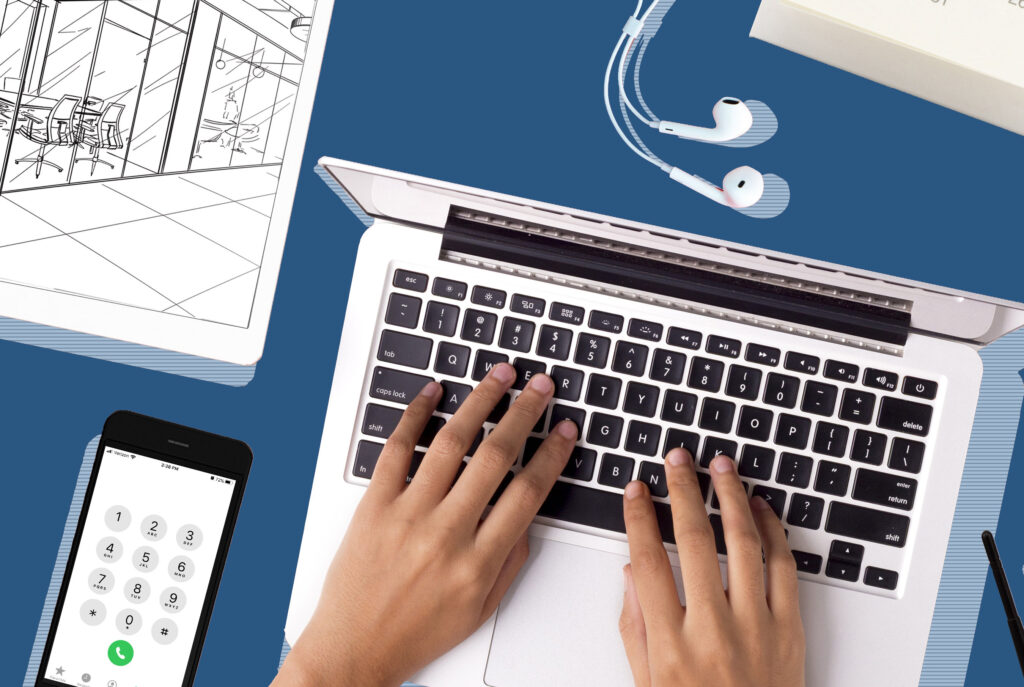
What started in mid-March as a temporary, crash course in working remotely, has turned into a long term or permanent scenario for many. St. Patrick’s Day, typically a festive day for celebrating and gathering with friends, found no one celebrating in large groups (unless it was those starting to test out virtual happy hours!). Instead employees and students were relocating to their homes as stay-at-home orders were being implemented across the nation.
Many of us headed to our homes thinking we’d be home for a couple weeks and then things would bounce back to normal. As those days turned to months, we realized this wasn’t just a brief hiatus from a fast paced life but a major change to everyone’s life and perspective on life and work. Discussions began to center around the ‘new normal’. Would life ever return to what it was pre-pandemic? When and how will schools and offices reopen? Will people feel safe returning to their places of work or school?
Fourteen weeks later, with varying stages of re-opening, we are emerging with a new perspective on life and work. This crash course in working remotely has proven it can be done and done effectively. While everyone appreciates and values the sense of community and ability to interact with others (in person) more than ever before, people are also realizing that working from home can be functional, efficient, and productive.
Companies are reassessing their need for physical space, how it’s used, and many have announced that employees can continue to work from home for the next 12-18 months or permanently. With this adjustment, we will see many facilities down size as their employees choose to remain working from home. Facilities will be adapted to provide more meeting and collaborative space that can be used when employees need to meet or collaborate in person.
With these changes, one must ask ‘how are we ensuring our employees and students have functional work space at home?’ Initially, sitting on a hard chair at the dining room table or a folding table in the bedroom or den was fine. However, as we begin to look at a long term home office, we need to think about the health and safety of our employees and students. To avoid injury and discomfort, ergonomics (fitting a workplace to the user’s needs) and home office furniture becomes a major concern. Can the chair be adjusted to provide the proper heights and support? Are monitors at eye level? Can work surfaces change from seated to standing height? These are just a few of the questions that must be addressed for working from home to continue to be effective. Having appropriate home office furniture will ensure employees and students can be functional and productive, but also that they are doing so in a way that doesn’t compromise their health.






